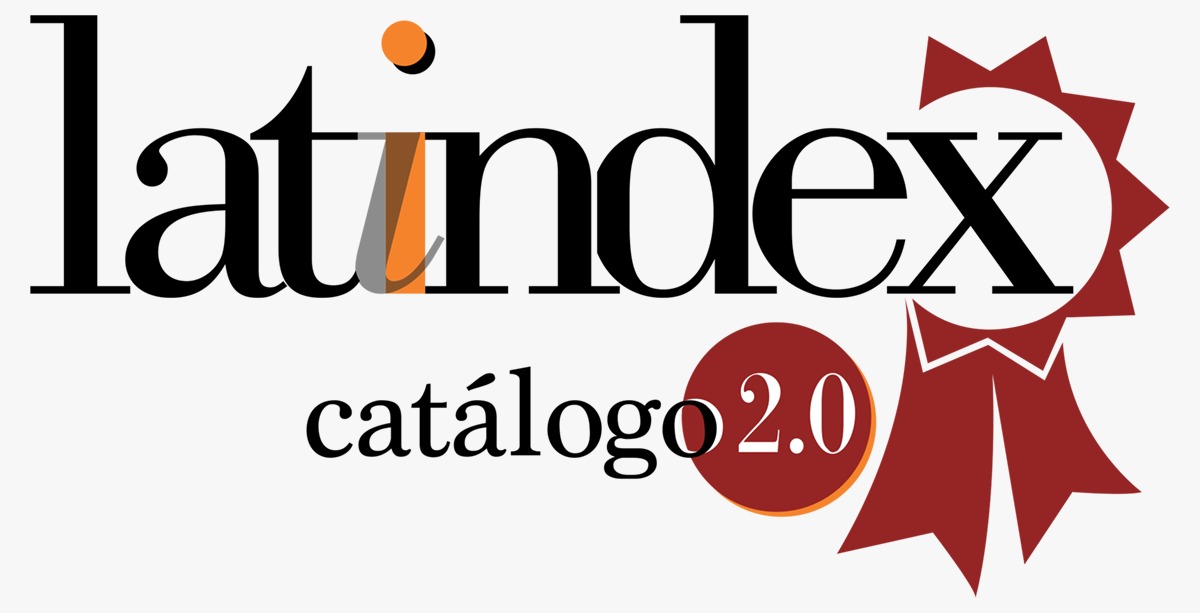Metacognitive strategies and development of reading comprehension. Case: Second Grade High School students. Educational Institution No. 3711 Fe y Alegría No. 12. Puente Piedra. Lima
DOI:
https://doi.org/10.47865/igob.vol6.n22.2023.250Keywords:
Estrategias Metacognitivas, desarrollo de la comprensión lectoraAbstract
One of the most recognized problems in the educational field is the lack of strategies to achieve a good reading comprehension in the literal, inferential and criterial fields. That is why we decided to carry out a study to establish the relationship between metacognitive strategies and the development of reading comprehension. Our research was carried out with a quantitative approach, a hypothetical deductive method of a basic level correlational design. The sample was from and was carried out through the analysis of two questionnaire-type instruments validated by 3 expert juries and reliability was measured using Cronbach's alpha. Hypothesis contrast tests were performed using Spearman's Rho statistical test. Finally, it is obtained that the metacognitive strategies have a significant relationship for the development of reading comprehension, since a level of significance and a measured correlation were found in the second grade students of the Fe y Alegría N. 12. Lima.
Downloads
References
Allal, L_; Saada-Robert, M. (1992): «La métacognition: cadre conceptuel pour l'étude des régulations en situation scolaire». Archives de psychologie, 60, pp. 265-296.
Brown, A. L. (1997). Development, Schooling and acquisition of Knowledge about Knowledge. En r. c. Anderson, r. j. Sapiro y w. e. Montague, Schooling and acquisition of Knowledge. Hillsdale, N. J: Erlbaum, 241–258
Cabanillas A., G. (2004). Influencia de la enseñanza directa en el mejoramiento de la compresión lectora de los estudiantes de la facultad de ciencias de la educación de la UNSCH. Tesis, Universidad Nacional Mayor de San Marcos, Lima.
Flavell, J. (1987). Speculations about the nature and development of metacognition. Metacognition, motivation and understanding. . Obtenido de https://ci.nii.ac.jp/naid/10024077179/
Flavell, J., & Wellman, H. (1977). Metamemory. En R. Kail y J. Hagen (Eds). Perspectives on the development of memory and cognition. Hillsdale:LEA
Giraldo, M. (2016) Estrategias metacognitivas y comprensión lectora de los estudiantes del quinto grado de primaria de la IEP Pedro Ruiz Gallo, Chorrillos, 2015. Universidad Nacional Mayor de San Marcos. file:///C:/Users/Rub%C3%AD/Downloads/Enciso_MG%20(1).pdf
Hernández, J y Sanabria, K. (2018). Estrategias metacognitivas: Andamiaje de la comprensión lectora. La tercera orilla N° 21, diciembre. Colombia. https://revistas.unab.edu.co/index.php/laterceraorilla/article/download/3475/2921/.
Mendoza F., A. (1998). Tú, lector: Aspectos de la interacción texto-lector en el proceso de lectura. Barcelona, Edics. Octaedro.
Pérez, H. (2006). Comprensión y producción de textos educativos. Bogotá: Aula abierta magisterio.
Pinzás, J. (2003). Metacognición y lectura. Lima: Fondo editorial Pontificia Universidad Católica del Perú.
Pinzás, J. (2012). Leer pensando. Introducción a la visión contemporánea de la lectura. Lima: Fondo editorial Pontificia Universidad Católica del Perú.
Solé, I. (2003). Estrategias de lectura. Barcelona: Graó. 11° edición.
Velandia Q., J. (2010). La correlación existente entre el uso de las estrategias metacognitivas y el nivel de comprensión lectora. Tesis, Universidad De La Salle, Bogotá – Colombia. Recuperado el 27/10/2015 de http://repository.lasalle.edu.co/ bitstream/handle/10185/1 602/T85.10%20V432m.pdf?sequence=1yisAllowed=y
Downloads
Published
How to Cite
Issue
Section
License

This work is licensed under a Creative Commons Attribution-NonCommercial-ShareAlike 4.0 International License.
Esta obra está bajo una licencia internacional Creative Commons Atribución-NoComercial-CompartirIgual 4.0.
















